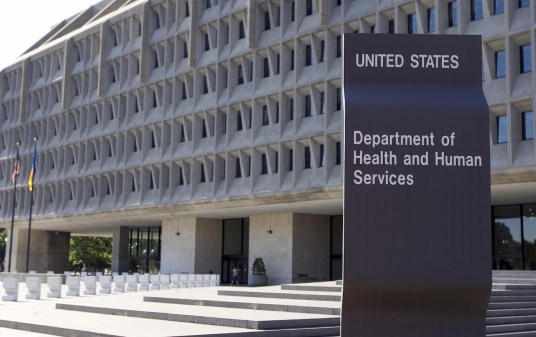Commentary: Analytics can help states’ neediest families

Federal, state and local governments spend more than $1 trillion a year on programs aimed at low-income families, including welfare, food stamps, Medicaid and housing subsidies. This is an enormous investment in helping needy families become economically sustainable, and it’s an area where the power of human services analytics could dramatically improve outcomes.
How human services analytics can help
Analytics programs are an emerging digital capability of value for virtually every industry. In retail companies, for example, analytics are making it easier to understand customers and improve the effectiveness of marketing and merchandising efforts. In financial services companies, professionals are using analytics to identify credit card fraud and better gauge the risks of making loan and credit offers.
In state agencies, practitioners are beginning to discover similar benefits, including the ability to better understand which interventions will be most successful in helping families, and detecting and reducing fraud so that funds can be redirected to those truly in need.
In San Bernardino County, California, for example, human services agents faced rising fraud issues in its CalFresh Program, which delivers what used to be called food stamps to low-income families. The team decided to introduce an analytics program to strengthen detection abilities and tested analytic models against existing data to find the strongest model. It then further refined algorithms to optimize the models.
When they put the analytics models into effect, the “hit rate” of identifying fraudulent cases moved from 6.1 percent to 20.8 percent, performing well beyond the county’s goal of increasing their hit rate by 10 percentage points. In addition, their new system identified fraud on average three months earlier than usual, and the project included a process to automate the collection of data, which previously had been a time-consuming manual process.
Effectively implementing human services analytics
State agencies can begin pursuing the benefits of analytics by following a few essential recommendations in approaching human services analytics projects:
- . Many needy families experience long-term poverty and depend on multiple programs to get by. For example, of the 46 million people receiving benefits from the Supplemental Nutrition Assistance Program, or SNAP, more than 43 percent live with a cash income below 50 percent of the federal poverty guideline. These recipients need other benefits to survive and rely on programs such as Supplemental Security Income, child support, Temporary Assistance for Needy Families and General Assistance in addition to SNAP.
Using human services analytics, state agencies can better understand their constituencies and pinpoint where in the mix of socio-economic, behavioral and cultural factors the greatest opportunities for improvement lie. Analytics can factor in information such as family size, level of education, immigration status, health status, employment history and skill gaps to help practitioners more effectively channel resources to areas that will have the greatest chance of helping families succeed.
- Many practitioners are more comfortable and familiar with long-term measurement of human services programs due to the time it often takes for positive changes to take hold. For example, the Abecedarian Project, conducted by the University of North Carolina, studied very young children to assess the benefits of early childhood intervention among poor families. To properly assess the results, researchers needed to wait until the children reached young adulthood. However, this is not true of all programs. Employment rates or other economic factors can be used to measure the impact of programs on shorter-term basis. When state agencies engage in short-term as well as long-term measurement, there’s more opportunity to take an iterative approach to programs and fine-tune strategies for greater impact.
- . Many practitioners feel hampered by the significant barriers to sharing data given federal regulations. However, there are resources available, such as the U.S. Department of Health and Human Services’ Confidentiality Toolkit, which offer several approaches to help state and other agencies balance security and privacy concerns with data-sharing needs. When practitioners across programs combine data, analytics can mine for broader insights and recommendations.
Using human services analytics, state agencies can better understand their constituencies and pinpoint where in the mix of socio-economic, behavioral and cultural factors the greatest opportunities for improvement lie. Analytics can factor in information such as family size, level of education, immigration status, health status, employment history and skill gaps to help practitioners more effectively channel resources to areas that will have the greatest chance of helping families succeed.
Professionals are adopting analytics programs in almost every industry due to their proven ability to boost performance. Analytics apply to a range of uses and are typically employed to improve processes, recover money or other resources and improve decision-making, and are beginning to pick up steam in the public sector. With the power of human services analytics, practitioners have a new tool to positively impact a range of programs and outcomes, including improving case management, recovering funds related to fraud and improved decision making in terms of where to invest resources.
With this potential, it’s incumbent on every state agency to explore how analytics could improve outcomes for its constituents.
Debora Morris is Accenture’s human services global lead for integrated service delivery.






